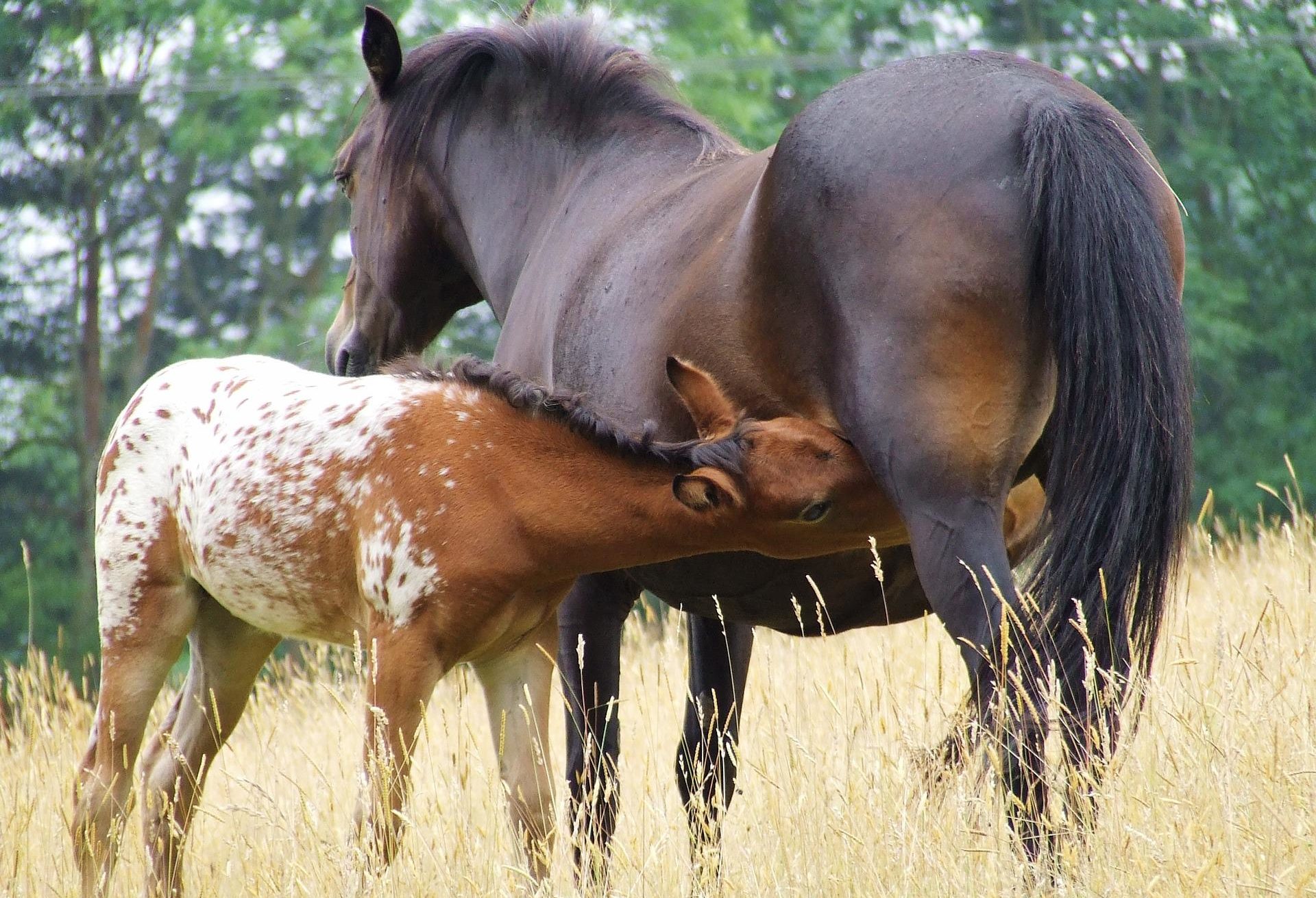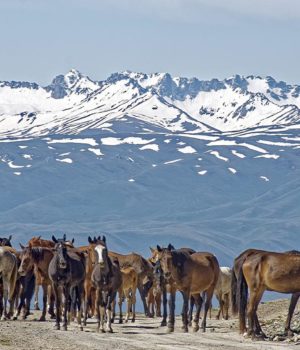Have you ever wondered what they drink in places like Kyrgyzstan o Kazakhstan? What are the inhabitants of the steppe nourished and drunk with? In this article we explain what the moustache. Discover the benefits of fermenting mare's milk.
What are we talking about?
Each town has subsisted on what its natural environment allowed. In the case of Central Asia what there are horses. That is why the peoples who inhabit these regions have always appreciated them as a means of transportation and as a source of food. However, they not only consume their meat. They also drink the milk of the mares. However, it has laxative effects if taken raw That is why they ferment it until they achieve a probiotic called kumis.
It is a drink with a percentage of alcohol which oscillates between 1 and 2%. a friar called William deRubruck visited the Mongols in the XNUMXth century and wrote about kumis: "It is spicy and when a man has finished drinking it leaves a taste of Almond milk on the tongue, and gladdens the inner man and also intoxicates the weak heads, and provokes much urination».

Since when do you drink kumis?
There is historical evidence of this drink for millennia. In fact, archaeologists have found traces of milk from the ancient culture botai in Kazakhstan. This took place between the years 3.700 y 3.100 BC) in the middle of the steppe. Already at that time they used bowls to consume and store it. There is no evidence of its fermentation at that time, but the indications suggest that it occurred. Thus, the researchers rely on the nutritional value of food and the containers found.
With the passage of time it spread over vast steppes. Its inhabitants were always nomadic peoples with similar languages, so they were expanding the moustache. already for him XNUMXth century it was the main drink of the Mongol court. In fact, the famous Genghis Khan he was enjoying it immensely. There has even been speculation about the absence of tea in the writings of Marco Polo. Some historians suggest that his Mongolian hosts only gave him moustache.
Today it enjoys great popularity both in the steppes of Central Asia and in Türkiye in even in Colombia. The Turkish immigrants that this country received from the north introduced its preparation. Today it is so popular that many people prepare it at home. In addition, the drink that captivated Tolstoy during your spiritual quest in the steppe it possesses certain benefits.
What properties does it have?
For example, it is shown to contain calcium, phosphorus, magnesium, potassium y zinc. It also contains vitamins such as niacin and folic acid. It is considered a probiotic food with a beneficial effect on the circulatory, nervous, endocrine and immune systems. However, it is not the panacea as previously thought. For a long time almost magical properties have been attributed to it because horses do not contract diseases such as tuberculosisunlike other animals.

That is why Russian doctors recommended it in large quantities to their patients during the XIX century. This drink was consumed, as it is now, in small cups at a cold temperature. However, it fell into disuse since the World War I due to scientific advances. Do you dare to try it to see if he convinces you as much as Genghis Khan?







